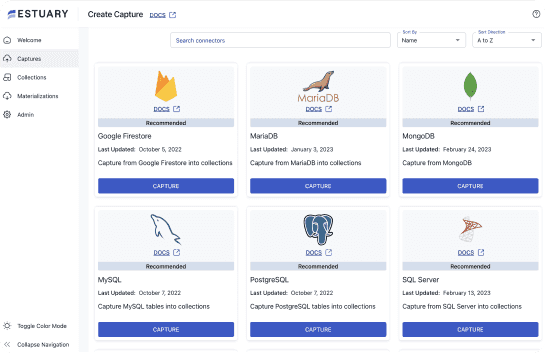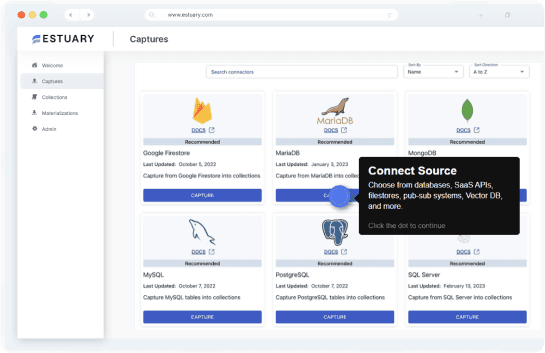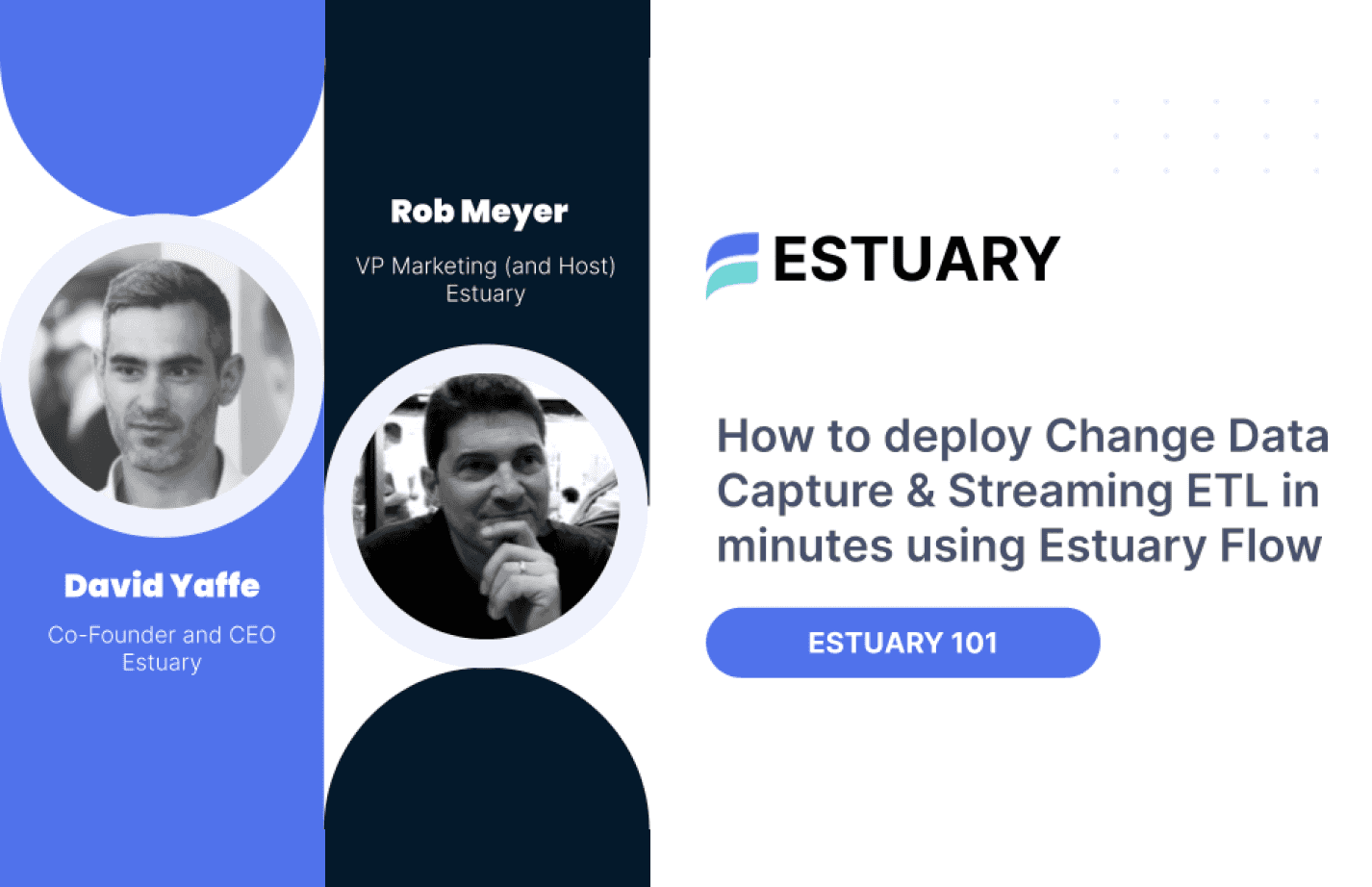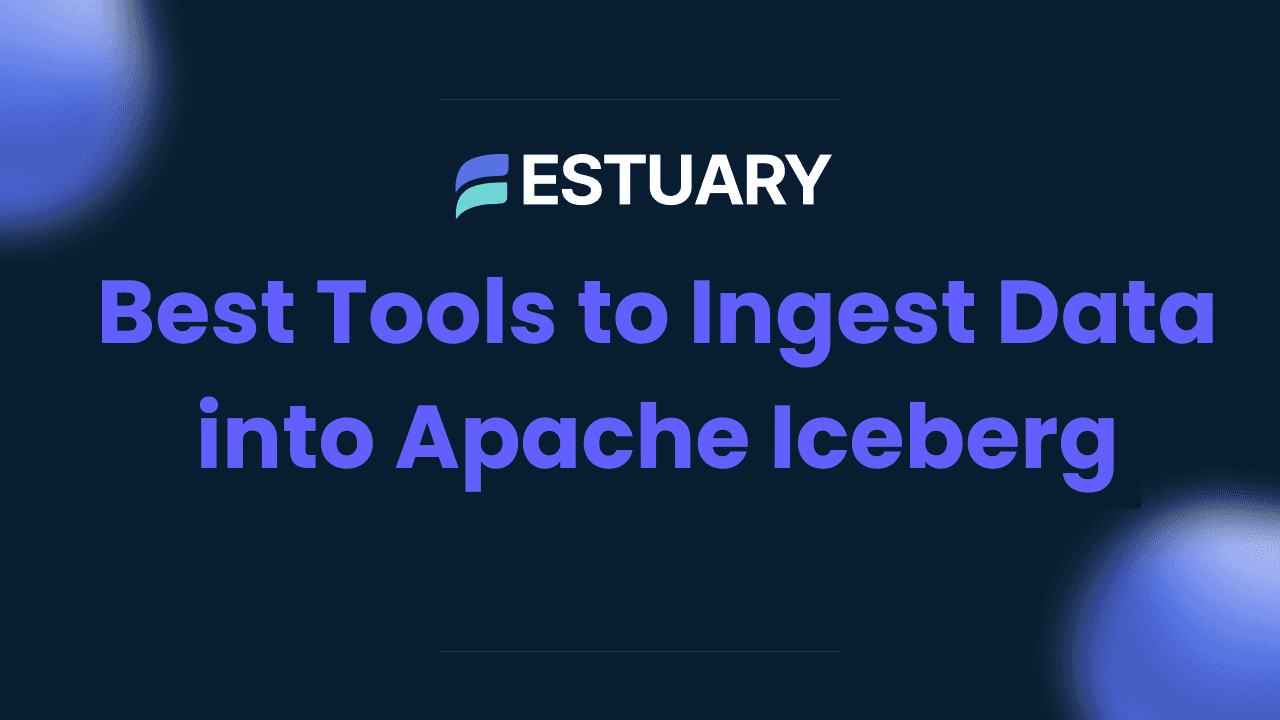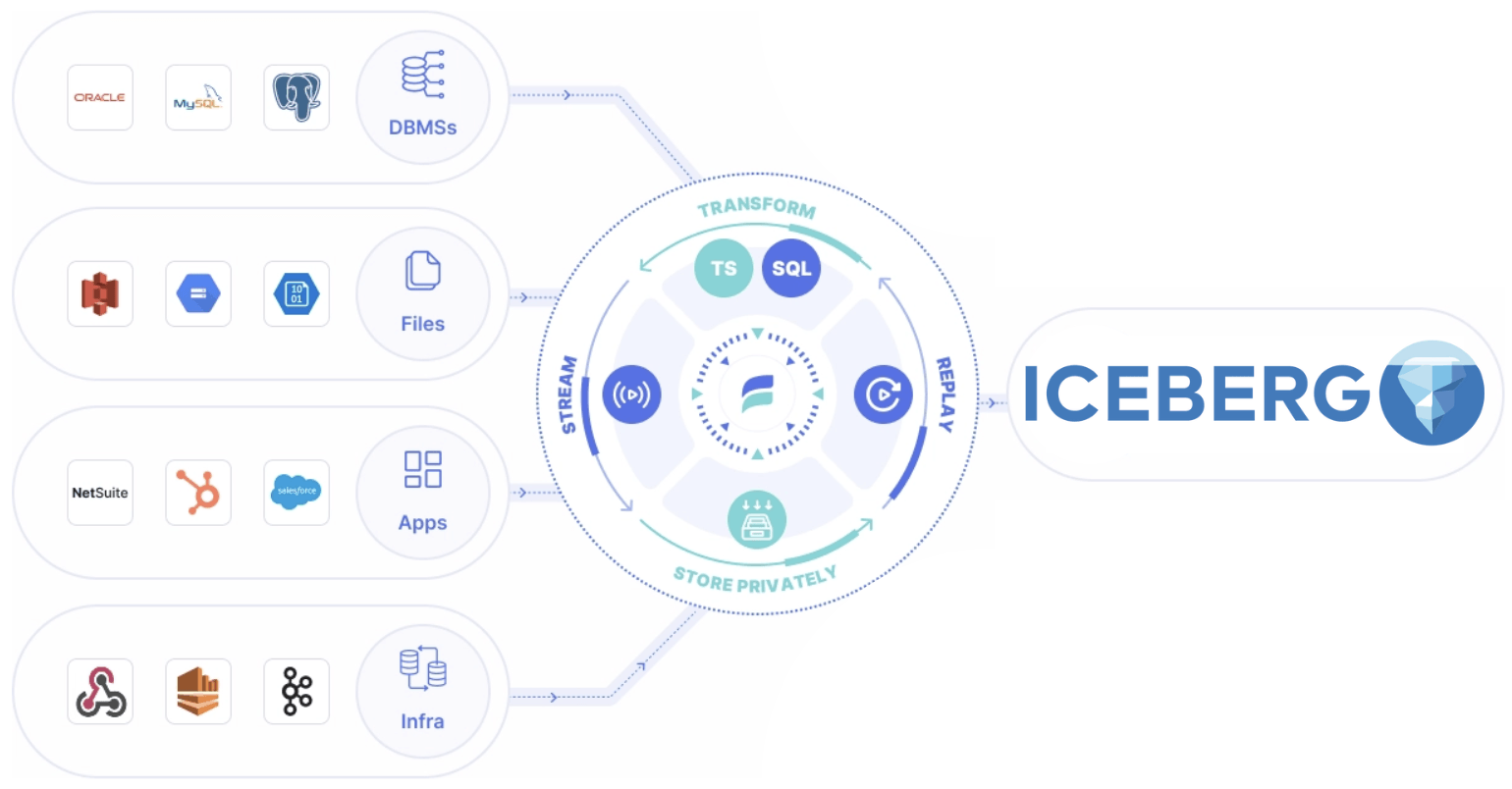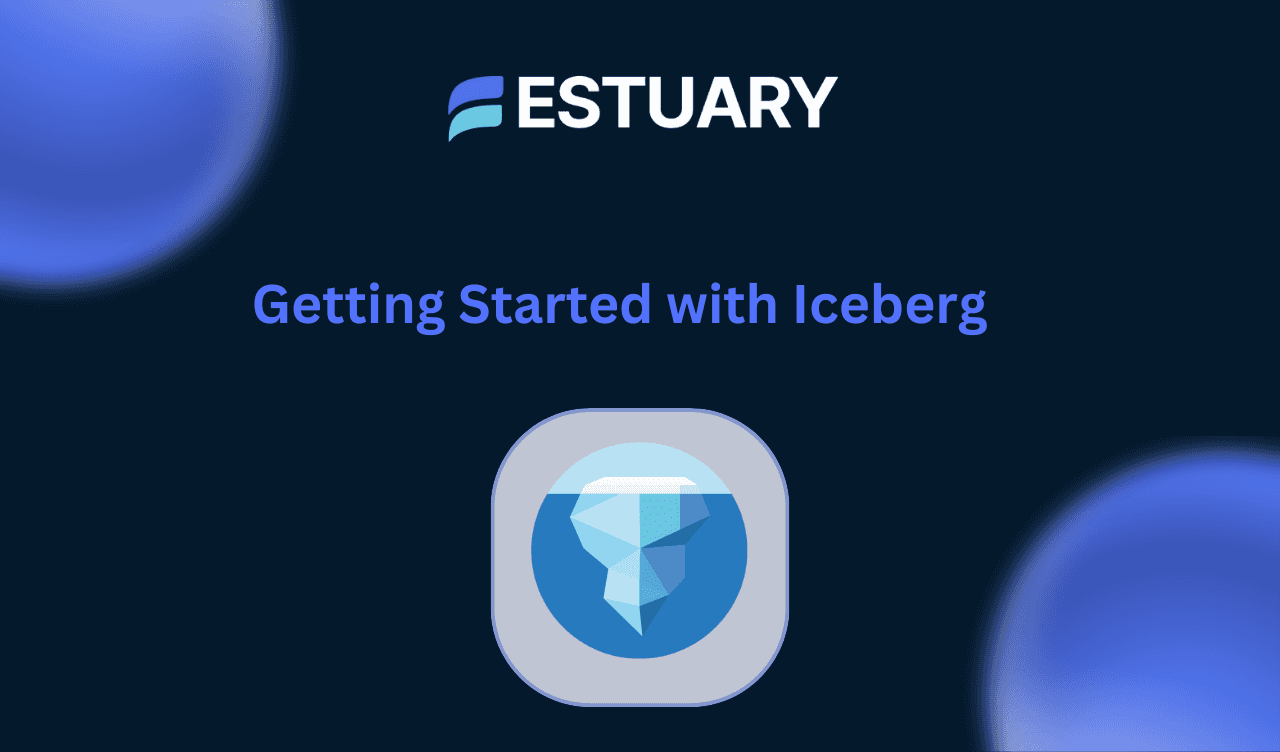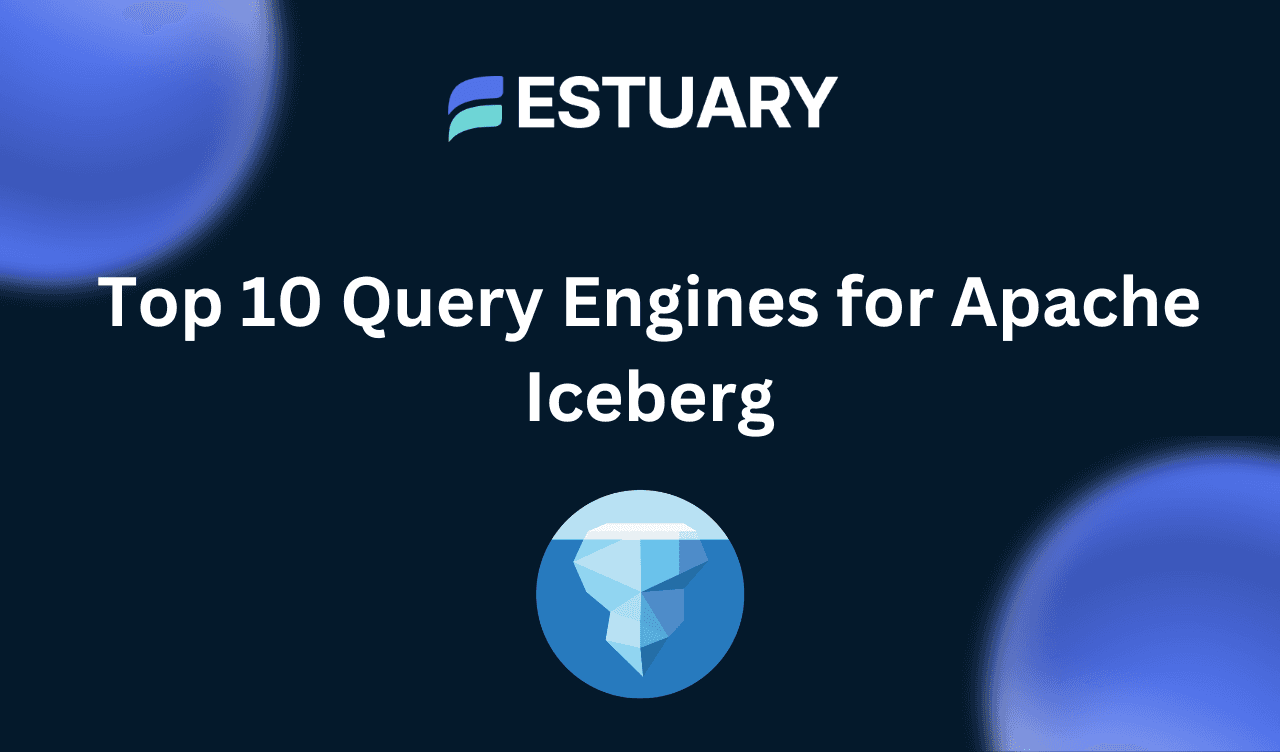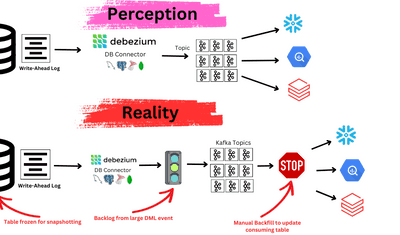
TL;DR
Apache Iceberg is an advanced open table format that enables efficient data storage and analytics at scale. This article highlights 7 essential tools for streaming and ingesting data into Iceberg, ensuring real-time insights and reliable data pipelines
Streaming Data into Apache Iceberg: Tools for a Scalable Data Lakehouse
Apache Iceberg has transformed how organizations handle large-scale data, offering features like ACID transactions, schema evolution, and time travel. It allows businesses to build robust data lakehouses that unify structured and unstructured data for analytics and machine learning.
To fully leverage Iceberg’s capabilities, efficient data ingestion and streaming are crucial. Whether it’s real-time streaming, batch processing, or change data capture (CDC), choosing the right ingestion tool can ensure data consistency, performance, and ease of use.
This article explores 7 top tools for streaming and ingesting data into Apache Iceberg. From real-time data integration platforms to scalable batch processing engines, these solutions cater to a range of use cases and organizational needs, making it easier to harness the full power of your data lakehouse.
7 Best Tools to Stream and Ingest Data into Apache Iceberg
Building an efficient, scalable Iceberg-based data lakehouse starts with choosing the right pipeline tools. Here are 7 solutions that help make real-time streaming and ingestion to Iceberg faster and more reliable:
1. Estuary
Estuary is a Right-Time Data Platform that unifies real-time streaming, CDC, and batch ingestion in one dependable system. It enables teams to build right-time data pipelines into Apache Iceberg, whether data needs to move in sub-second, near real-time, or scheduled intervals. With Estuary, you can capture data from databases, SaaS applications, and event streams, then deliver it into Iceberg tables with full schema enforcement and exactly-once consistency. It is built to scale for production workloads while keeping setup simple and predictable.
Key Features:
- Right-Time Data Ingestion: Choose how frequently data moves, from continuous streaming to micro-batch delivery, to balance cost and latency.
- Change Data Capture (CDC): The platform supports CDC, enabling the detection and capture of data changes in real-time, which is crucial for maintaining data consistency across systems.
- Schema Evolution: Estuary manages changes in data schemas automatically, allowing for flexibility as data structures evolve over time.
- Scalability: Designed for enterprise-grade workloads with transactional materializations and fault tolerance.
- Integration with Apache Iceberg: Estuary integrates with Apache Iceberg, facilitating efficient data storage and analytics within a data lakehouse architecture.
Related Articles on Using Estuary to Ingest Data into Apache Iceberg:
- Steps to Load Data Into Iceberg with Estuary Flow
- Load Data From Redshift to Iceberg
- Load Data From BigQuery to Iceberg
- Load Data From Kafka to Iceberg
- Load Data from Postgres to Iceberg
2. Dremio
Dremio is a data lakehouse platform that simplifies data management and analytics. It offers an enterprise data catalog for Apache Iceberg, providing features like data versioning and governance. Dremio's SQL query engine delivers high-performance queries, and its unified analytics support self-service across various data sources.
3. Apache Spark
Apache Spark is a unified analytics engine for large-scale data processing. It integrates with Apache Iceberg, allowing users to perform batch and streaming data processing with ease. Spark's DataFrame API enables complex transformations and actions on Iceberg tables, supporting operations like reading, writing, and managing table metadata.
4. Apache Flink
Apache Flink is a framework and distributed processing engine for stateful computations over data streams. It integrates with Apache Iceberg to provide real-time data ingestion and processing capabilities. Flink's support for event-time processing and exactly-once state consistency ensures accurate and reliable data pipelines when working with Iceberg tables.
5. Kafka Connect
Kafka Connect is a framework for connecting Apache Kafka with external systems, including databases and data lakes. It facilitates the ingestion of streaming data into Apache Iceberg tables by capturing real-time data changes and delivering them to Iceberg-managed storage. This integration supports building robust, real-time analytics pipelines.
6. Upsolver
Upsolver is a cloud-native data integration platform designed for high-scale workloads. It simplifies the ingestion and transformation of streaming data into Apache Iceberg tables. In January 2025, Upsolver was acquired by Qlik, a global leader in data integration, data quality, analytics, and AI. This acquisition enhances Qlik's ability to provide real-time data streaming and Iceberg optimization solutions.
7. Fivetran
Fivetran is an automated data movement platform that offers connectors to various data sources, enabling seamless data replication into destinations like Apache Iceberg. It ensures data consistency and reliability by providing fully managed pipelines that adapt to schema changes and support real-time data synchronization.
Conclusion
Streaming and ingesting data into Apache Iceberg is a critical step in building an efficient, scalable data lakehouse. Each tool in this list offers distinct strengths, from high-performance processing engines to user-friendly integration platforms.
While solutions like Apache Spark, Kafka Connect, and Fivetran provide reliable ingestion capabilities, Estuary stands out as the most flexible and dependable option for right-time data delivery. Its combination of real-time streaming, CDC, and schema evolution ensures that Iceberg tables always reflect the most accurate version of your data, with minimal latency and zero manual effort.
Take control of your data pipelines today! Register for Estuary and start free. Experience real-time data integration with Apache Iceberg, designed to fit your needs effortlessly.
FAQs
How do I choose the right tool to stream data into Apache Iceberg?

About the author
Dani is a data professional with a rich background in data engineering and real-time data platforms. At Estuary, Daniel focuses on promoting cutting-edge streaming solutions, helping to bridge the gap between technical innovation and developer adoption. With deep expertise in cloud-native and streaming technologies, Dani has successfully supported startups and enterprises in building robust data solutions.

